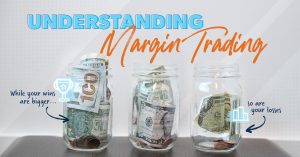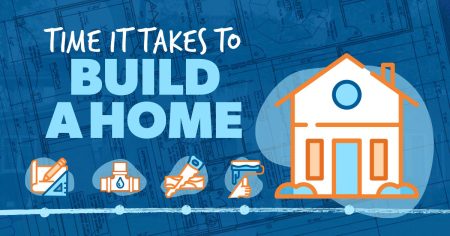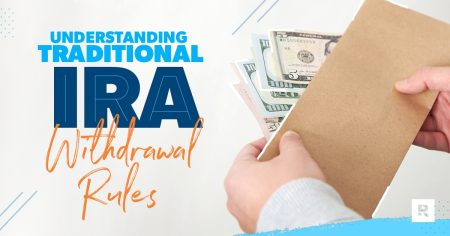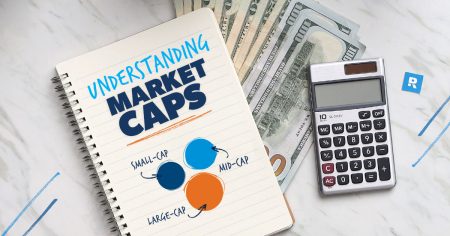Federal Reserve Chair Jerome Powell said Tuesday that policymakers have made “quite a bit” of progress on fighting inflation, but that he needs to see more evidence before starting to reduce interest rates.
Speaking during a central bank forum in Sintra, Portugal, Powell said that inflation reports from April and May show that price pressures are fading from the economy – and reiterated that the Fed wants that progress to continue.
“I think the last reading, and the one before it to a lesser extent, do suggest that we are getting back on a disinflationary path,” he said. “We want to be more confident that inflation is moving sustainably down to 2% before we start the process of loosening policy.”
Officials voted at their most recent meeting in May to hold interest rates steady at a range of 5.25% to 5.5%, the highest level since 2001. Although policymakers left the door open to rate cuts later this year in their post-meeting statement, they also stressed the need for “greater confidence” that inflation is coming down before easing policy.
FED HOLDS RATES STEADY AT 23-YEAR HIGH, PROJECTS JUST ONE CUT THIS YEAR
Since then, there has been some evidence that inflation is starting to ease again. The May producer consumption index showed that inflation had cooled slightly to 2.6%, from a high of 7.1%. At the same time, core prices – which are more closely watched by the Fed because they strip out volatile measurements like food and energy – also climbed 2.6%, the slowest annual rate since March 2021.
“That represents really significant progress,” Powell said. “We’ve made a lot of progress. We just want to understand that the levels that we’re seeing are a true reading of what’s happening with underlying inflation.”
Both of those figures remain above the Fed’s 2% target.
Policymakers raised interest rates sharply in 2022 and 2023 to the highest level since the 1980s in a bid to slow the economy and cool inflation. Officials are now grappling with when they should take their foot off the brake.

Most investors now expect the Fed to begin cutting rates in September or November and are penciling in just two reductions this year — a dramatic shift from the start of the year, when they anticipated six rate cuts beginning as soon as March.
Higher interest rates tend to create higher rates on consumer and business loans, which then slows the economy by forcing employers to cut back on spending. Higher rates have helped push the average rate on 30-year mortgages above 8% for the first time in decades. Borrowing costs for everything from home equity lines of credit, auto loans and credit cards have also spiked.
This is a developing story. Please check back for updates.
Read the full article here
















